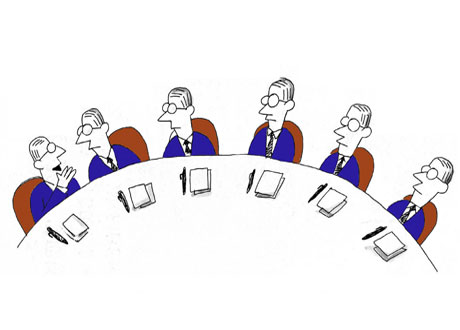Why Running After Perfection can Kill Your Projects
Running after perfection can hinder your project’s success, despite your best intentions and efforts. Generally speaking, your project scope must align with its time and budget - a rule that doesn’t play well with the pursuit of perfection from start to finish. In this article, we’ll look at why perfection shouldn’t be your ultimate goal - but how to still satisfy your inner perfectionist as a project manager.







